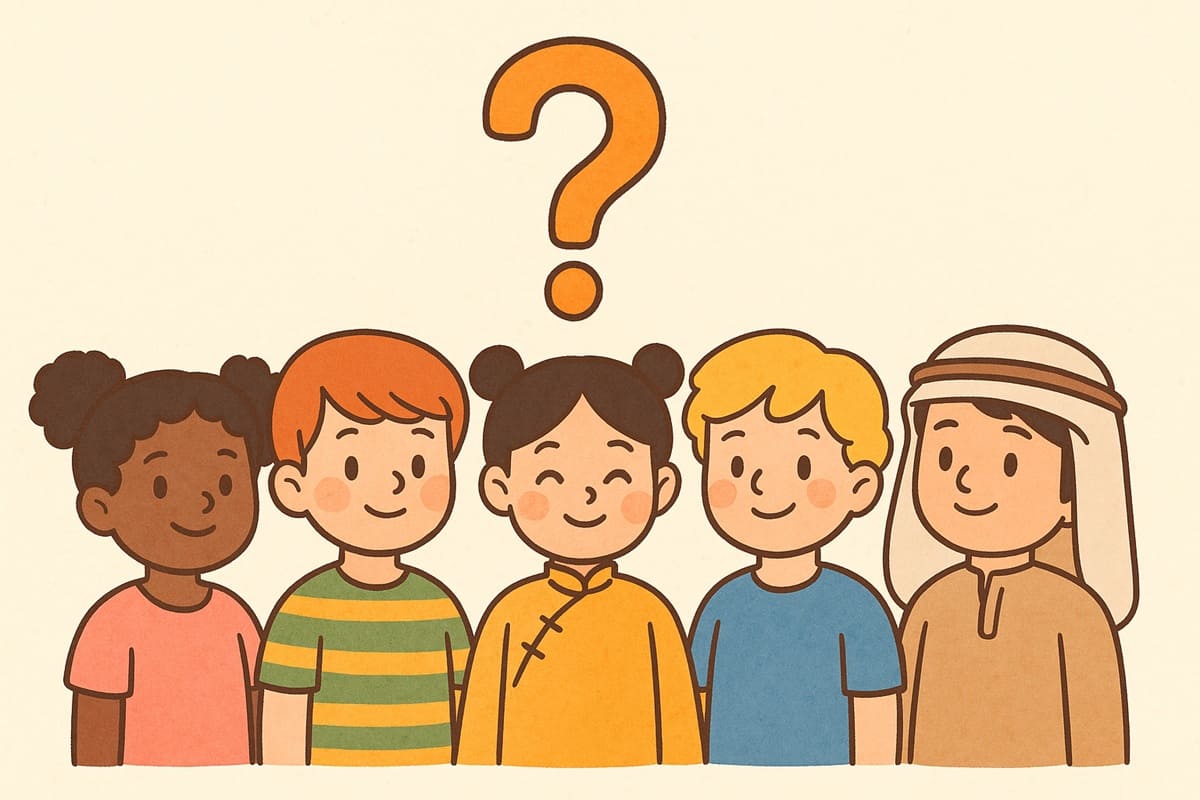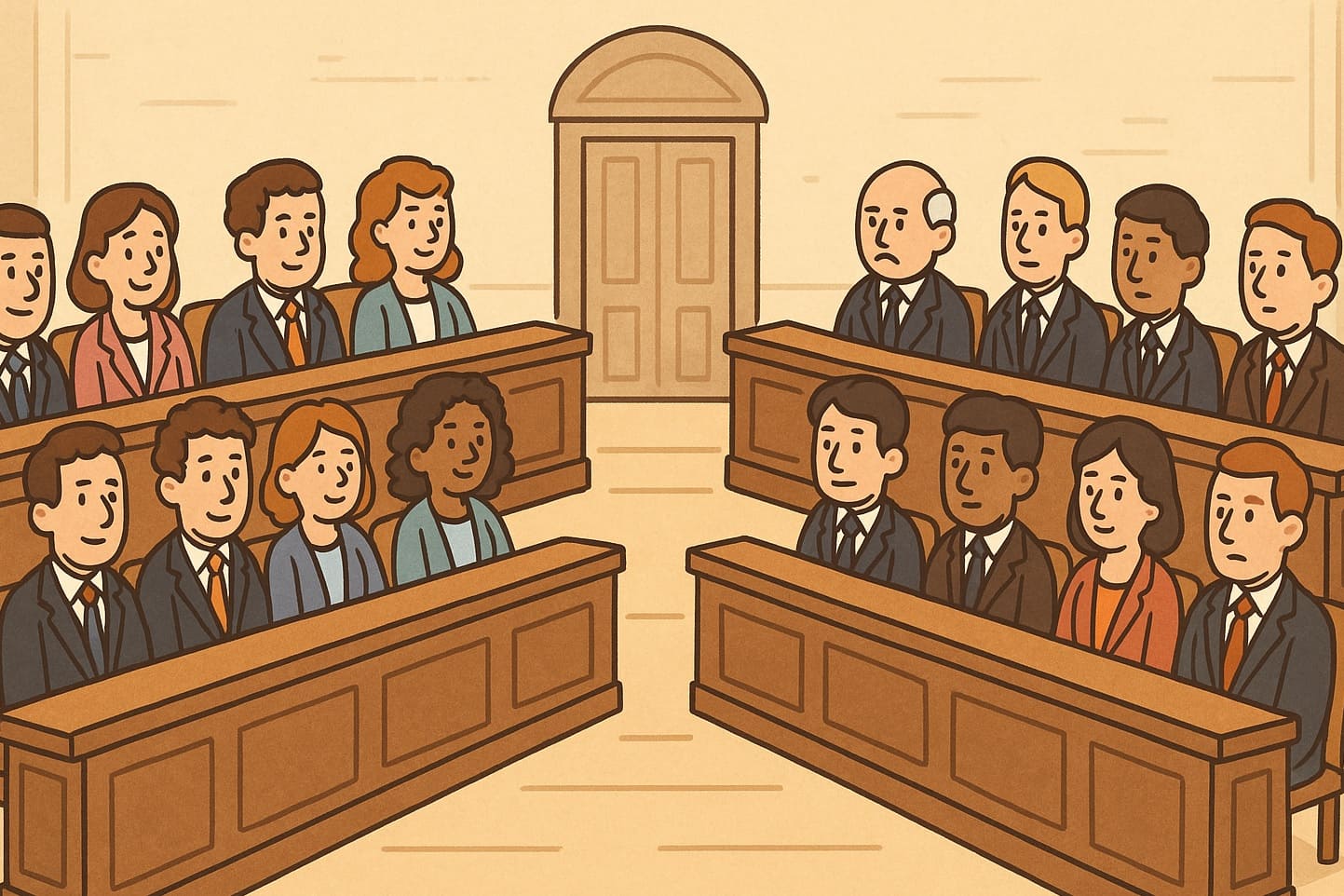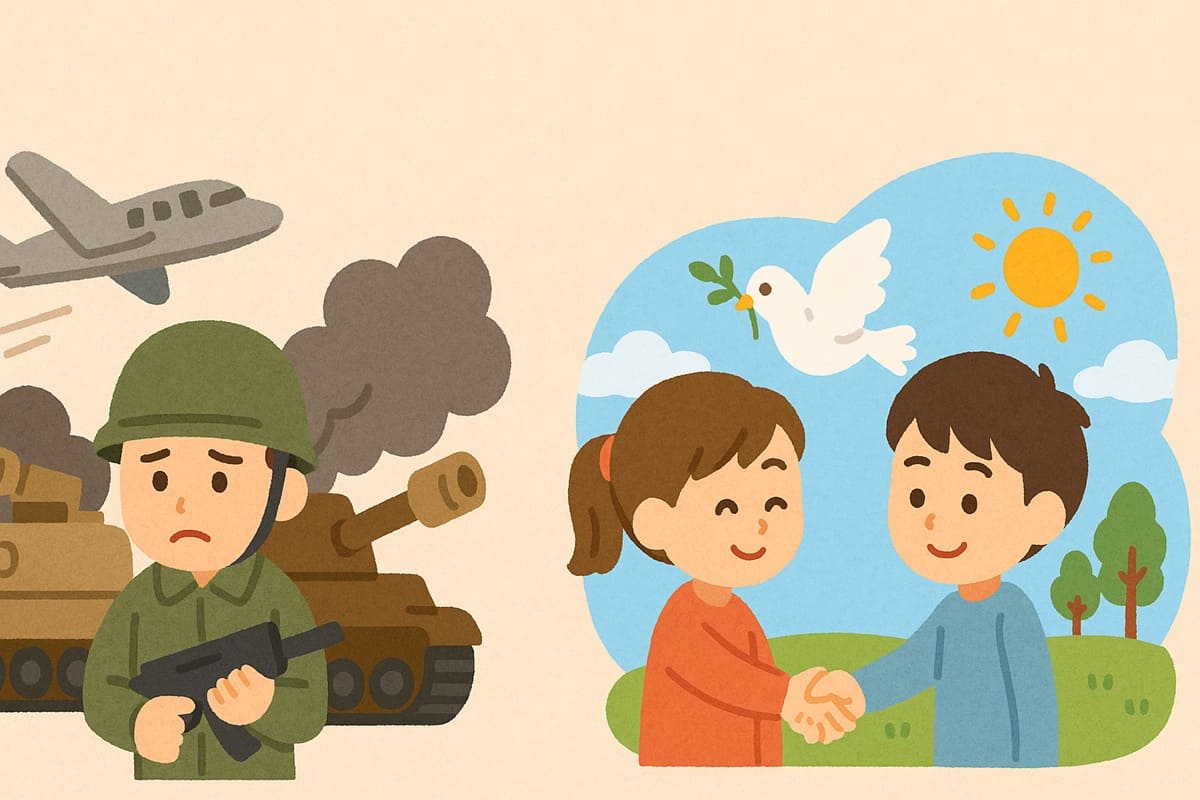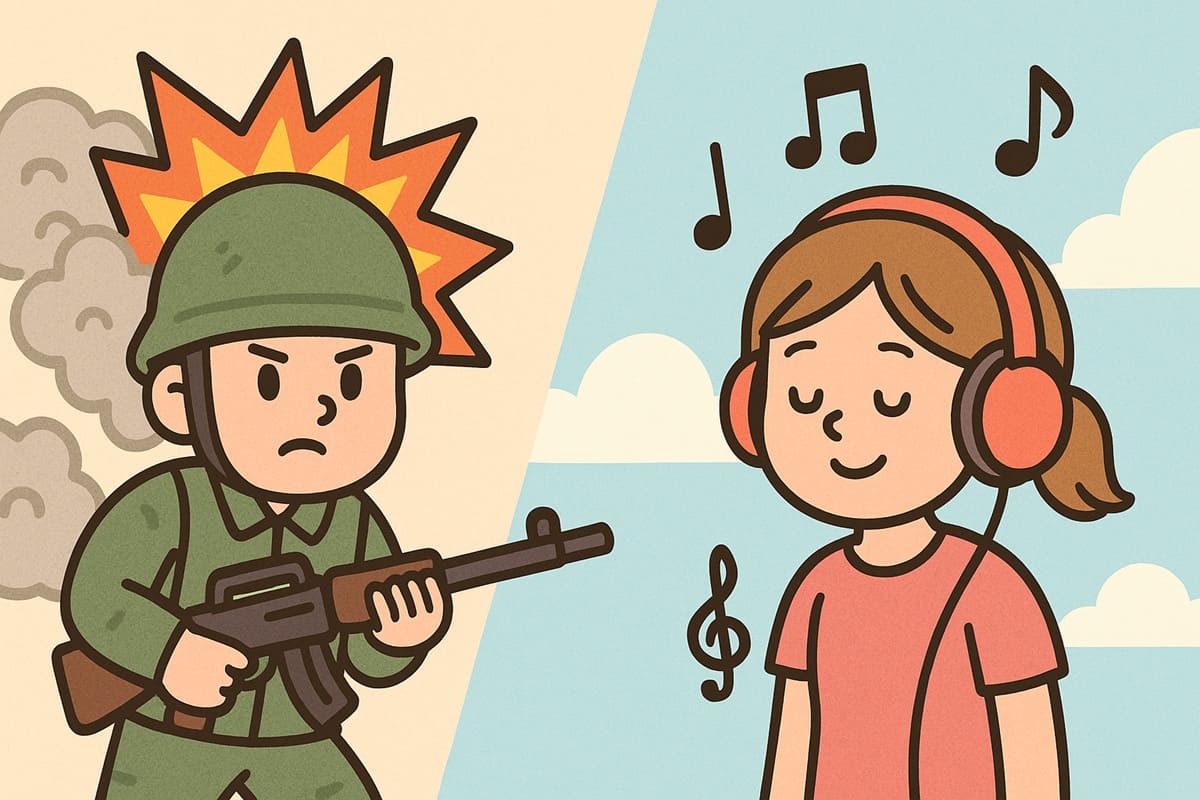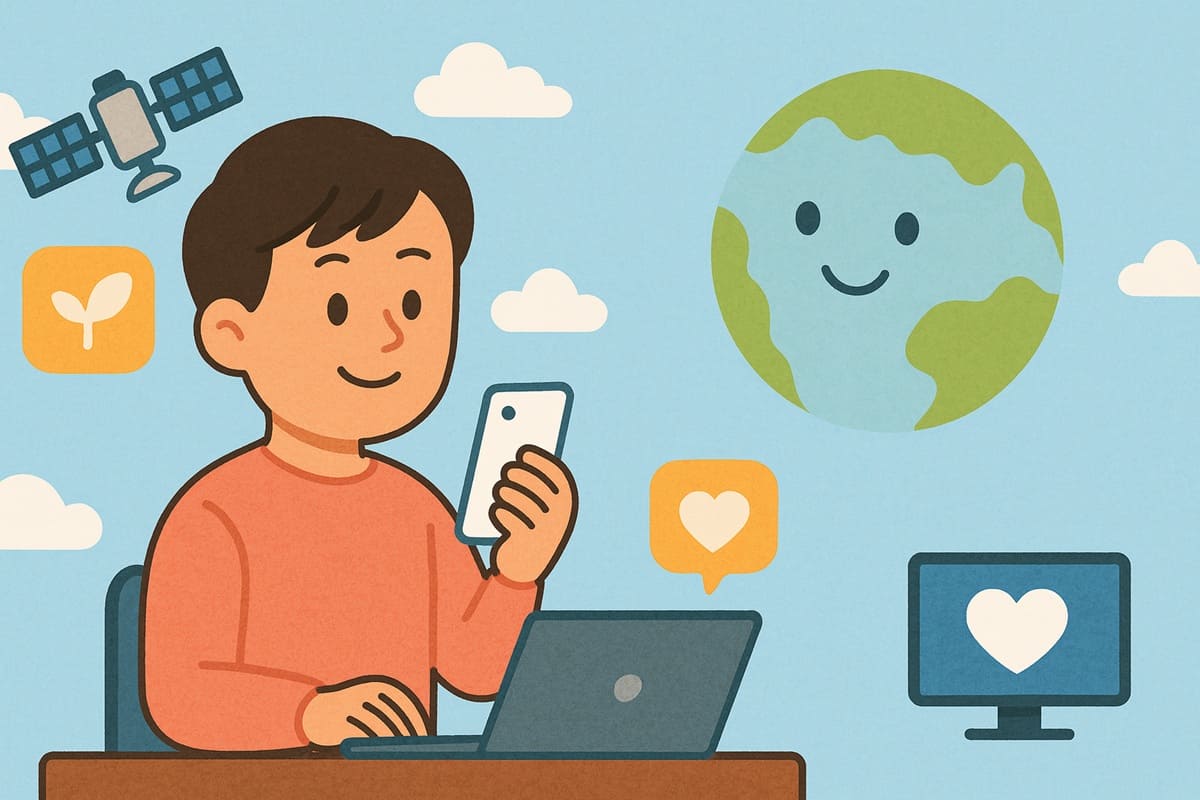Will AI Rule Humans? Understanding the Difference Between “Intelligence” and “Consciousness”
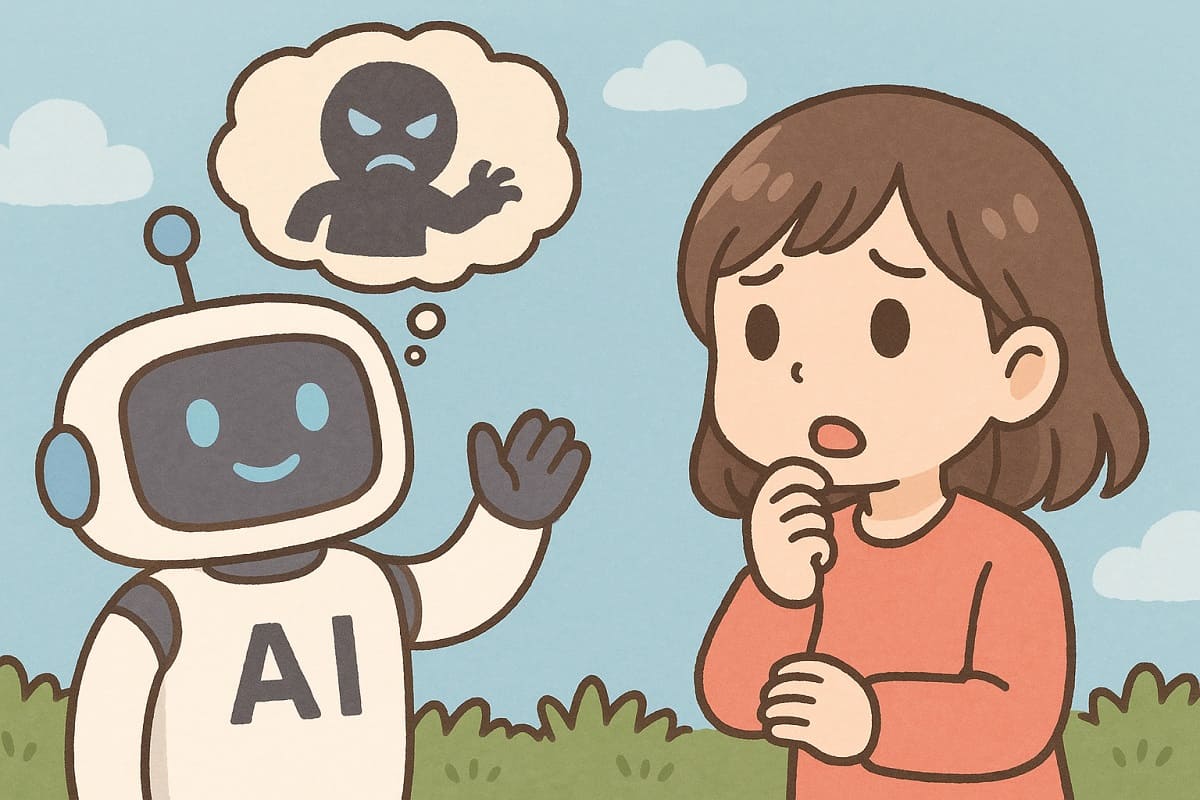
“AI is getting smarter and smarter—won’t it eventually rule over humans?” You might have seen such fears in the news or on social media. Indeed, recent AI can write poems and essays, create programs, and even pass difficult exams, showing abilities close to humans. But that doesn’t mean AI has a mind or feelings. It’s important not to confuse “intelligence” with “consciousness.”
In this article, we will clarify the difference between “intelligence (smartness)” and “consciousness (subjective experience)” and unravel the fear of “AI ruling over us.”
“Intelligence” and “Consciousness” Are Different
Intelligence refers to the ability to “solve problems well” or “engage in conversation.” Consciousness refers to the sensation of “feeling pain,” “feeling joy,” or “being aware that I am myself.” When thinking about AI, it is essential to distinguish between the two.
The scientist Alan Turing once proposed that “if a machine can respond in a way indistinguishable from a human, we can consider it intelligent” (the Turing Test). However, this test is based on observable behavior from the outside and does not reveal whether there is genuine consciousness inside.
“The Chinese Room”: Pretending to Understand vs. Truly Understanding
Philosopher John Searle countered with the thought experiment called the “Chinese Room.” He argued: “Even if a conversation appears natural, if it is just a matter of rearranging symbols according to rules, that is not understanding.” In other words, apparent smartness (intelligence) and inner experience (consciousness) are separate things.
Most current AI systems are “ultra-fast calculation machines” that learn patterns from vast amounts of data and convert input into output. Even if they give “amazing answers,” those are the results of computation—not the product of subjective experiences like “feeling pain” or “feeling sad.”
What Is Human Consciousness?
Let’s take a step back and look at human consciousness itself. In fact, the mechanism behind our sense of “I am me” (self-awareness) or experiences like “feeling pain” is still not fully understood. One theory suggests that the brain integrates various information to create the unified whole we call “me.” An even bolder idea claims that “consciousness may be a clever illusion produced by the brain.”
The true nature of human consciousness remains one of the great mysteries.
The “Problem of Other Minds”: How Can We Say Others Have a Mind?
In everyday life, we assume as a matter of course that “just as I have consciousness, others have it too.” If someone catches their finger and says “Ouch!”, we assume they are also feeling pain—this is a basic premise for living in society.
However, in philosophy, there is a challenging issue: “There is no direct way to confirm that another person truly has consciousness.” This is called the Problem of Other Minds. All we can see from the outside are actions and words. No matter how advanced science becomes, we cannot directly see inside the mind.
It’s even possible—though unsettling—that you are the only conscious being in the world and that everyone else is merely acting as though they have consciousness. There is no way to prove otherwise.
What If AI Acts Just Like a Human?
When we apply the Problem of Other Minds to AI, we face the question: “If AI behaves exactly like a human, can we tell whether it has consciousness?” The Turing Test measures observable behavior, but as Searle pointed out, it doesn’t reveal inner experience.
In fact, even between humans, there’s no way to confirm whether the other person truly has consciousness. Thus, if AI behaves as though it has consciousness, whether it actually does may not matter much in practical terms.
One view is that if it is fundamentally difficult to distinguish, then it makes social and ethical sense to treat any being—human or AI—that behaves sufficiently human-like as if it has a mind. Some argue in favor of this stance.
The Reality of “AI Ruling Over Humans”
Summarizing the discussion so far: many researchers see today’s AI as “highly advanced computational systems” and consider debates over whether AI has a self or consciousness to have little practical meaning.
What we should pay attention to instead is how humans use AI. If we use AI without creating rules or norms, it will amplify “human problems.” On the other hand, if we ensure transparency (explaining how it is made and how it works), clarify accountability, and promote education and rule-making, AI can be a powerful tool that benefits society.
Conclusion: Mastering AI Through Knowledge, Not Fear
To summarize:
- Intelligence (smartness) and consciousness (subjective experience) are different.
- Current AI can act as though it has intelligence, but it does not have consciousness or emotions.
- The true nature of human consciousness is still largely unknown.
- We cannot directly confirm whether others (or AI) have consciousness (the Problem of Other Minds).
- Therefore, it is important to establish rules, education, and usage practices to skillfully utilize AI as a tool.
Fears about “AI ruling over humans” often arise from confusing issues related to “consciousness.” Today’s AI is an “unfeeling calculator.” Rather than being afraid, knowing how it works and using it wisely is the best way to protect ourselves.
Main References
- Cole, D. (2024). The Chinese Room Argument. In E. N. Zalta & U. Nodelman (Eds.), Stanford Encyclopedia of Philosophy (Winter 2024 ed.). Stanford University.
- Felix, A. (2025). Consciousness as Construct: Revisiting the Illusion Hypothesis through Self-Model Theory. OSF Preprints.
- Podgorski, D. (2017, June 16). Respect the Machines: A Pragmatist Argument for the Extension of Human Rights to P-zombies and A.I. The Gemsbok.
- The Thinking Lane. (2023, March 27). The Philosophical Problem of Other Minds. Medium.
- Solipsism and the Problem of Other Minds. (n.d.). Internet Encyclopedia of Philosophy.

